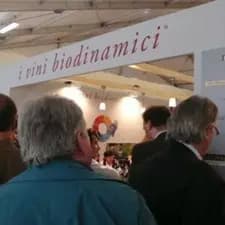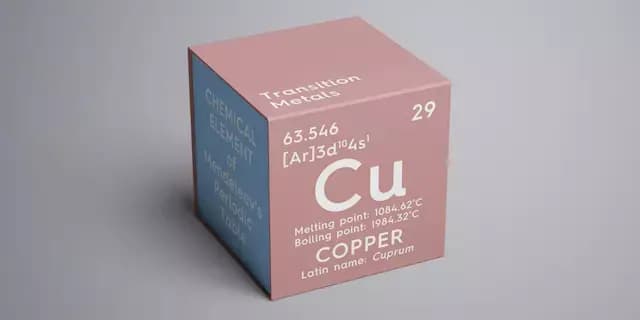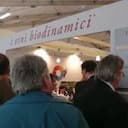About a year ago, we at “i vini biodinamici' believed we had been quite lucky—that the legislation wouldn’t end up passing laws that label “chemical” wine as organic. This is not true: the European Commission did not withdraw or reject the organic wine regulation because it opposed organic wine itself, but because the draft regulation was too similar to conventional wine practices.
It is also false that the dispute centered around the amounts of sulfur dioxide allowed in the wine. This point was cleverly presented as the main disagreement between Northern European producers and Italian purists. But why make this issue so confusing when it’s quite simple? Even discussions on sulfur dioxide aimed, by the most attentive, to maintain limits at around 100 ppm for reds and 150 ppm for whites. Italian producers are included in this: they are unwilling to go below these shameful thresholds. Moreover, no regulation has ever seriously considered eliminating sulfites altogether.
But beyond sulfur dioxide, what about all the other substances allowed in the future organic wine regulations? Biodynamic wine, as defined in some private standards, follows the bad habits of organic wine regulations and does not differ much.
In truth, drafting a regulation for biodynamic wine—and thus also organic wine—would be simple if it adhered to this principle: use only what is indispensable to transform grapes into excellent wine.
Here we rely on decades of experience from producers and technicians who have successfully made organic wine. Over the last 20 years, starting from the premise of “only what is indispensable,” through trials and studies, they concluded that only a small amount of sulfur dioxide is necessary, producing wines that often compete with the best conventional wines.
Had the organic wine regulation been approved as presented, it would have discredited the work and practice of this handful of pioneers. It would have been a colossal deception for consumers of organic wine.
So what remains necessary to make excellent wine from excellent grapes? Today, only small doses of sulfur dioxide, declared on the label.
Unfortunately, this did not happen. Instead, they tried to pass an overly complicated and redundant organic regulation that could encompass virtually all conventional wine producers. And we ask: WHY?
A friend once whispered to me—though I dissociate from this cynical thought—that the organic certification market is lucrative for the certifying companies, who do not want to cut off their own livelihood by imposing stricter limits. He also said that expensive research, often funded by the European Union and conducted by people unfamiliar with organic and biodynamic winemaking, produced vague suppositions rather than scientific truths. These studies raised alarms about challenges such as regular spontaneous fermentation and proposed outdated alternatives to sulfur dioxide, like lysozyme, a known allergen.
Now, let’s examine the last draft regulation discussed and rejected by the European Commission: Annex VIII bis.
Considering what substances can be “used with impunity,” it’s clear no one will notice any difference from non-organic winemaking practices today. So why ask for this pointless regulation?
It seems disingenuous and misleading to focus on sulfur dioxide as the “killer” while ignoring the other substances, many “culpably” allowed. It must be remembered that sometimes one consumes more sulfites eating supermarket-cleaned shrimp treated with metabisulfites.
This tactic—focusing public attention on a seemingly minor issue (sulfur dioxide)—is a clever marketing ploy to distract from the many other allowed substances.
In the media, abandoning sulfur dioxide seems appealing, but what altered atmospheres and borderline products would replace it? Renouncing sulfur dioxide without valid alternatives risks producing inferior wines, to the advantage of those who oppose this excellent production method.
A special mention is deserved by biodynamic wine and production, for which there is no official regulation, only private standards. Examining these standards, the situation does not change much. Here, too, a cynical suspicion arises (from the same friend): tighter regulations would exclude many “operators” from the system, economically hurting those who profit from paperwork and controls.
Even in these private standards, yeasts and bacteria can be inoculated; musts can be acidified or deacidified; alcohol content can be adjusted; wines can be clarified, filtered, treated with activated charcoal, copper sulfate, yeast lees, bentonite, micro-oxygenation, and so on.
For those familiar with biodynamics, this admits that the action of natural elements is misunderstood; instead of a true metamorphosis of grape into wine, reliance is placed on the “biodynamic chicken” and its clarifying egg.
Finally, we shout: the world already has many successful wines made with numerous legally permitted substances, relying on indispensable synthetic chemistry, physics, advanced mechanics, and microbiology.
But if there is ever a law for organic wine or a private standard for biodynamic wine, DO YOU WANT TO REGULATE A WAY OF MAKING WINE THAT IS AT LEAST DIFFERENT FROM CONVENTIONAL WINEMAKING?
Della peronospora e dell’oidio
Altro che vino del terroir: con il nucleare non esisterà pi…









